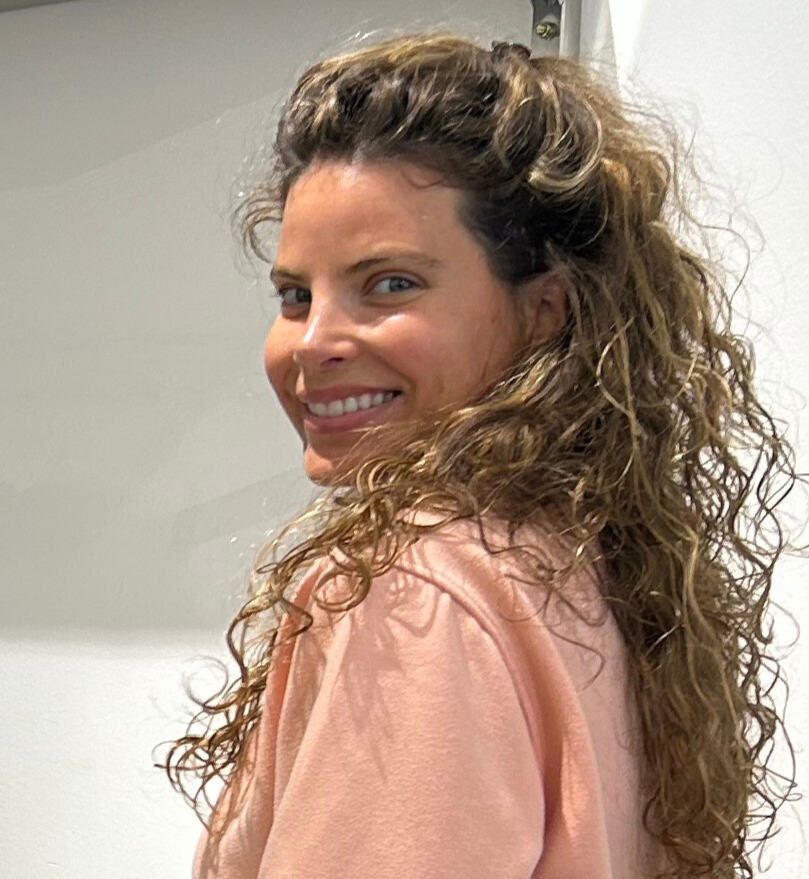What were the main objectives in creating or redesigning the Museum's website?
Museum's website?
The Museum asked the Monegasque Government's Information Systems Department (DSI) to host and manage its site using the same content management system as the Government's other sites: the Ibexa CMS. This will ensure that the structure of the Principality's websites is consistent, while guaranteeing efficient content management. In turn, the IT Department called on Inforca to assist with the redesign of this site. I should point out that the previous site was based on the WordPress CMS... The design was outdated and content management was complicated. The display of some content was also not user-friendly.
The Museum therefore wanted their new site to be brought up to date, with the emphasis on making it more intuitive to use. For users and contributors alike!
Tell me more! How does the website present the museum's archaeological and prehistoric collections in an interactive and educational way? The new site is in the same vein as the Government's other sites. These sites have a Design System that ensures a coherent design between them and shared functionalities...
...Just two seconds Sebastien! What is a Design System?
Don't worry, it's true that I can go a bit fast in my explanations. A Design System is a graphical and ergonomic consistency across all the sites. In other words, if you change the colour of the footer banner at the bottom of the home page of the Museum site, for example, it will automatically change on all the other sites linked to it.
OK, that's actually very practical for institutional sites!
Totally. This design and these functions are designed to be ergonomic, intuitive and perfectly adapted to browsing and user standards. It's also easier to use for contributors, as I said earlier, thanks to the shared functionalities of the Design System. Thanks to this, the Museum now has a site that highlights certain content to make browsing easier and more enjoyable. It also offers tools and content types that improve the relevance of information. For example, events are now easily accessible and identifiable thanks to a specific search ("Agenda").
How have you taken into account the needs of different types of user, such as researchers, students and the general public?
It's the IT Department that provides us with the 'needs'. So it's the IT Department that evaluates them with users. They have the power to create different content according to the needs identified, and only ask us to add new functions. It should be remembered that it already has a wide range of functions, such as the 'Calendar', the 'Search Engine', the 'Form', and so on.
Finally, how do you manage ongoing maintenance and updates to the site to ensure that it runs smoothly?
The key lies in cross-functional trust between the various players. The IT Department and the Digital Services Department (DSN) of the Government of Monaco call on us to manage the maintenance of the various sites.
Our Ibexa-certified developers strive to find quick and lasting solutions to any bugs that are reported. And as security is a priority for us, we regularly apply the updates provided by the publisher to ensure that our solution remains secure.
Interview by A.F, Digital Development and Events Manager at Inforca, with Sébastien, Lead Fullstack Developer at Inforca's digital agency.




